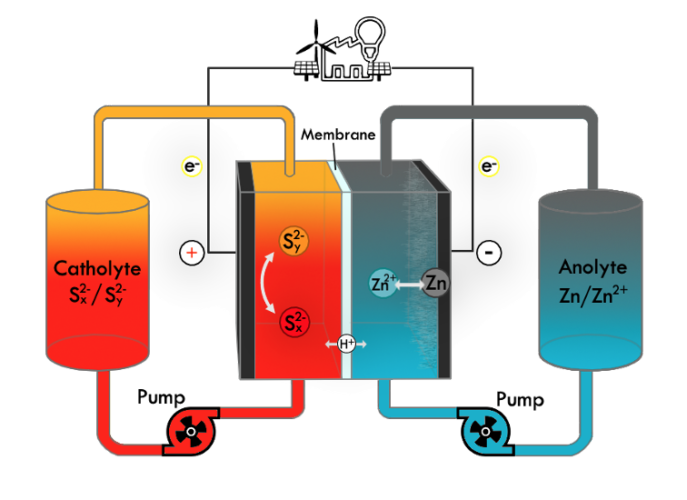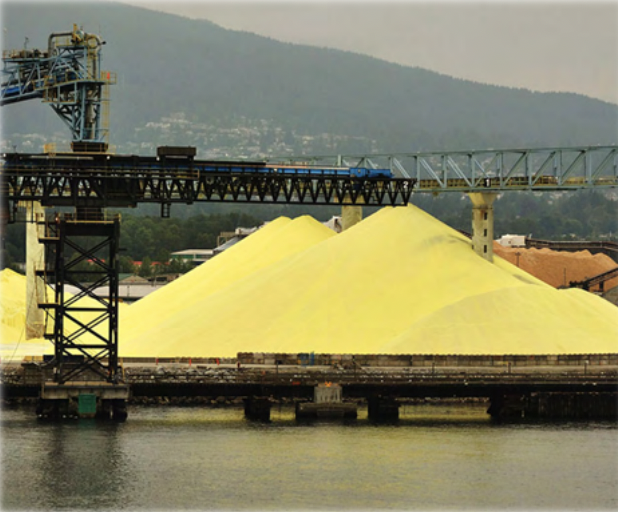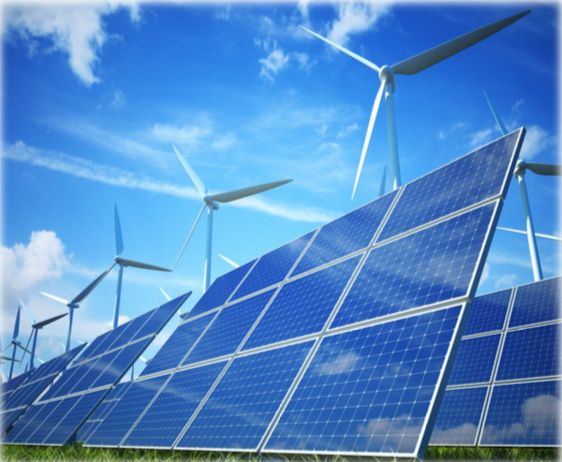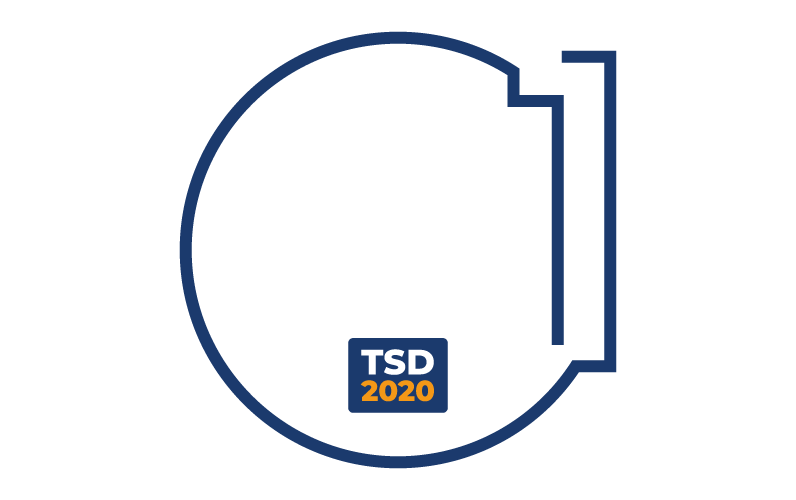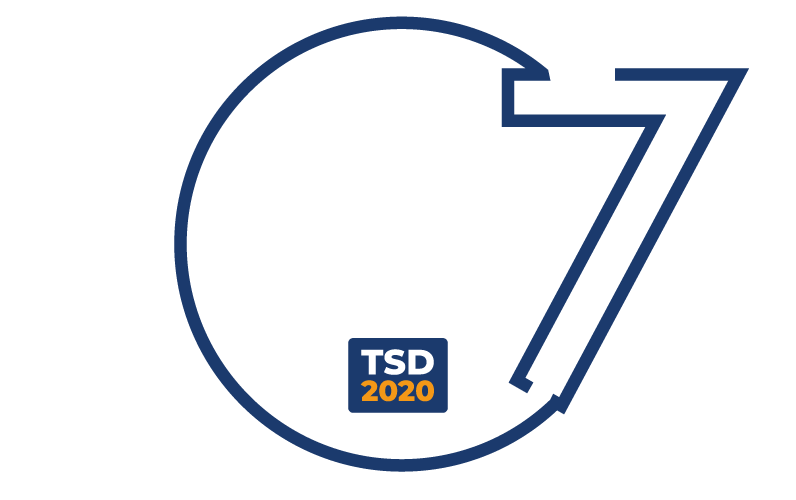In order to promote the full transition to renewable energy sources, it is necessary to integrated different types of stationary energy storage systems within the electricity network. In this regard, it is estimated that storage devices with limited duration (<10 h) will guarantee a penetration of solar and wind energy limited between 20-50 %, while, with long-duration devices (> 10 h), it is possible to reach the 70 -90 %. Unfortunately, in both cases, the solutions currently on the market are characterized by a series of disadvantages, which considerably limit their diffusion and application. The dominant technology on the market, namely lithium-ion batteries, is extremely penalized by the short life cycle, the high flammability of the components, the poor sustainability, and the strong geolocation of raw materials. As far as redox flow batteries are concerned, the most common ones exploit vanadium or zinc-bromine chemistry which relies on expensive, rare or toxic elements, reducing their diffusion on the market, especially for applications with a high energy-to-power ratio. For the latter scenario, systems other than electrochemical storage are currently used, such as pumped-hydro and compressed air, both characterized by geographical constraints, high costs for infrastructures, and low response time, which limits their exploitation.






